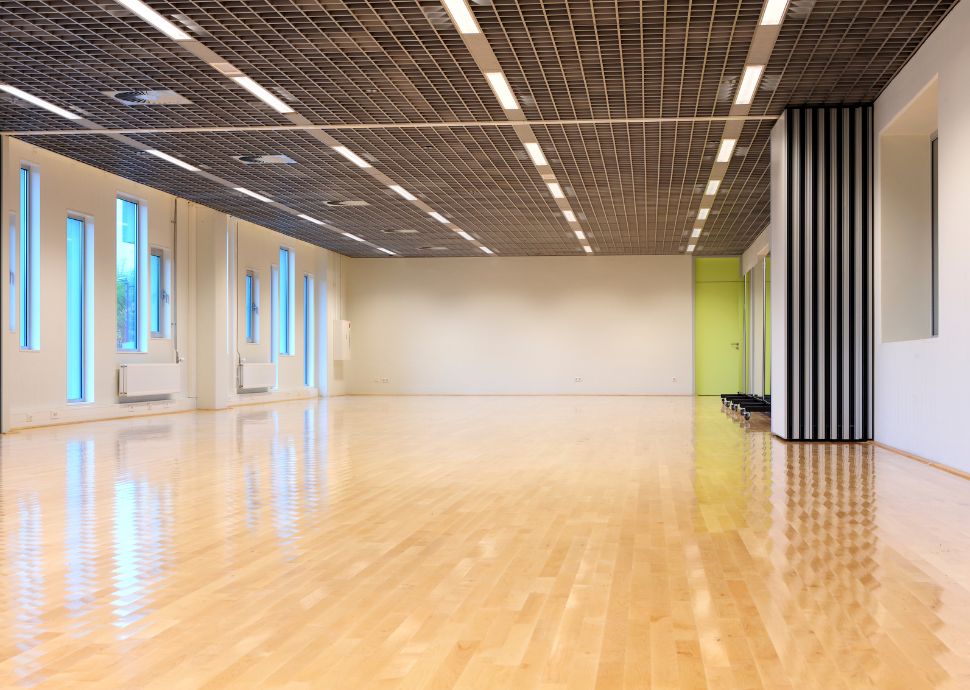What Is The Best Flooring For Your Dance Studio?
Flooring is one of the biggest concerns you’ll need to tackle while setting up or renovating your professional dance studio. While in most other applications, the flooring has only two functions, aesthetics and support, it becomes far more vital when fitness is involved. The dance floor doesn’t just have to look good; it must also be safe, comfortable, and easy to dance on. Quite a bit goes into the choice of flooring for a dance studio. And if you’re stuck with the question “What is the best flooring for a dance studio?”, this article will attempt to help you understand the nuances and make an informed choice.





